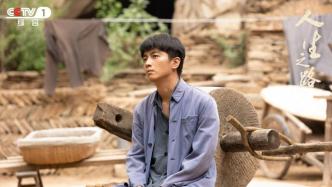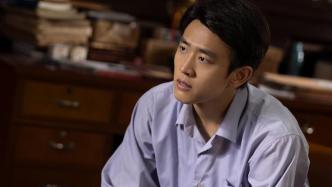
On April 11, the live TV drama "The Road to Life" broke through 3 points of attention, with a market share of over 20%, and ended successfully with impressive ratings. This realistic TV series based on Lu Yao's original work "Life" is a masterpiece "produced in Shanghai" this year. The play was established in Shanghai with the support of the Propaganda Department of the Shanghai Municipal Party Committee, and was tracked and supported by major literary and artistic creation projects in the city. This is the continuation of the agreement between Shanghai film and television dramas and Lu Yao's classic works after "Ordinary World". The play can be unanimously recognized by the market and the industry. In addition to the in-depth restoration of the original work, it also has a precise control and integration of the spirit of the 1980s and the current era in the adaptation.
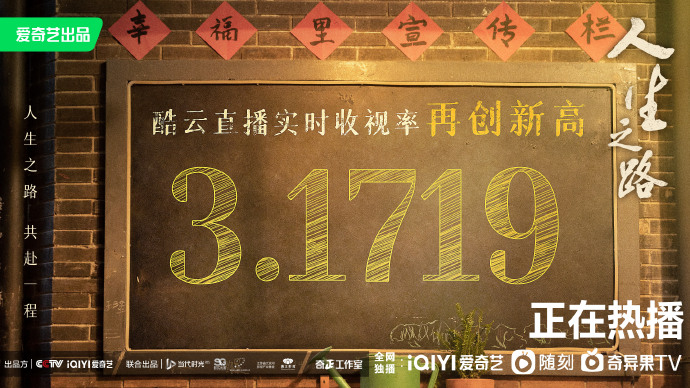
On April 11, "The Road to Life" ended on CCTV, with a real-time rating of 3.1719, a new high
The screenwriter boldly expanded the original work in time and space: from northern Shaanxi in the 1980s to decades of reform and opening up; from rural areas in northern Shaanxi to urban Shanghai. This modification has given the drama's theme concept and main plot a huge room for development. The original book is about the plight of the rural youth, and "The Road to Life" gives the answer with the great changes of the times itself.

Stills of "The Road to Life"
In terms of characters, the play created vivid and real images of rural youths such as Gao Jialin, Liu Qiaozhen, and Ma Shuan in the original work, while adding original characters such as Gao Shuangxing, weakening the negative factors in the characters of Gao Jialin and Huang Yaping, and endowing them with The character of Liu Qiaozhen is more independent and brave with the characteristics of today's women, and the spirit of advancing with the times and fighting hard has become a new highlight of the story.
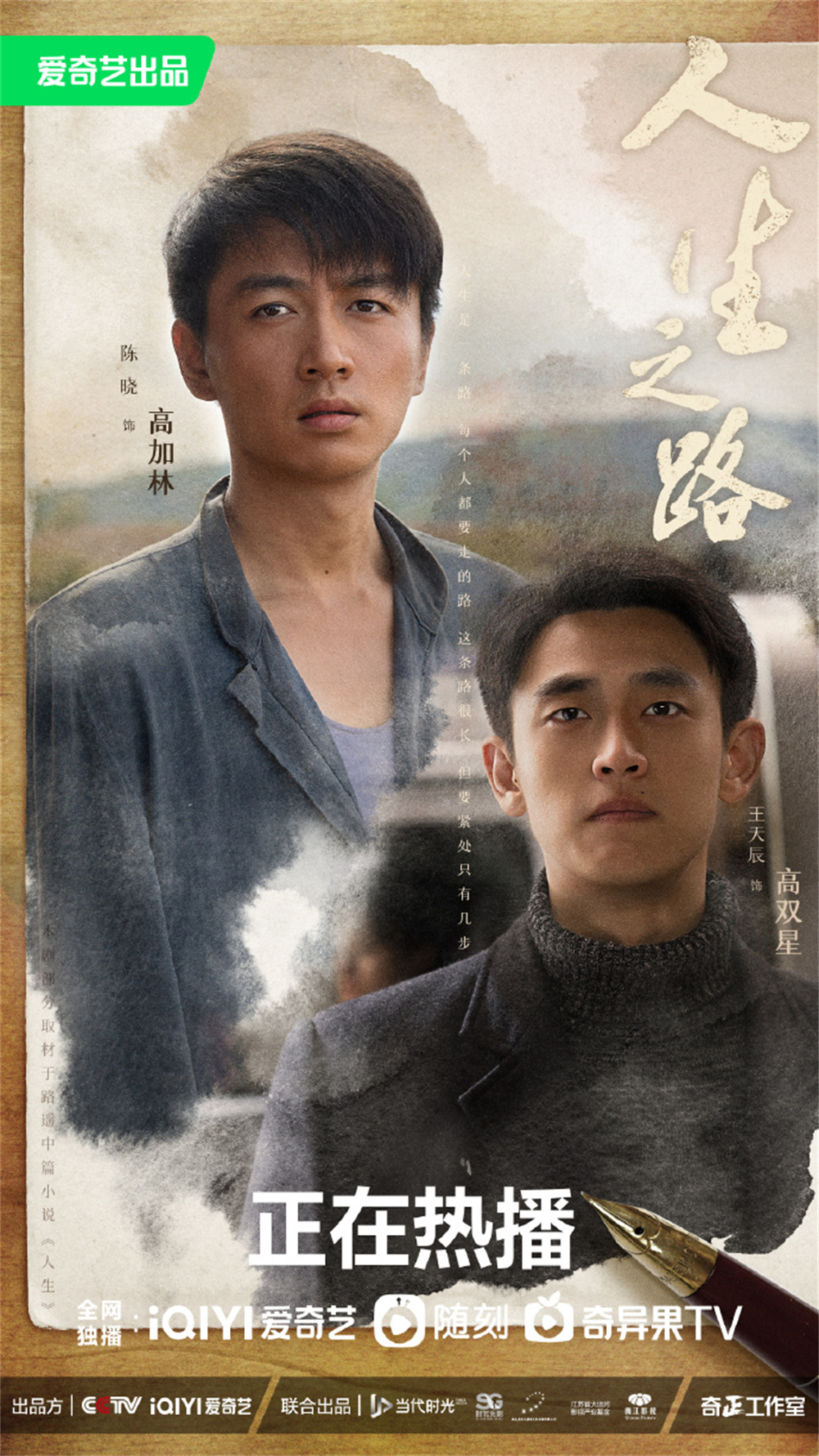
Gao Jialin and Gao Shuangxing
Especially the creation of Gao Jialin and Gao Shuangxing, a pair of "mirror mirror" characters, is quite ingenious. Gao Shuangxing was burdened with the original sin of "going to college under a false name", but he was not portrayed as a simple villain. He worked hard in his studies and work, was responsible for his marriage and family, and finally paid the price for his mistakes at the beginning, and returned to giving birth to him and raising him. hometown. Wang Tianchen, who played Gao Shuangxing, thought: "He has finally returned to the place where he feels the most belonging." When the impostor was exposed and he returned to his village, it was a relief. Regarding this character and this story, Wang Tianchen feels that what he most hopes to convey to the audience is: "A person may make some big and small mistakes in his life. The most rare thing is that you admit your mistakes. Only by admitting and correcting Mistakes, life really begins.”
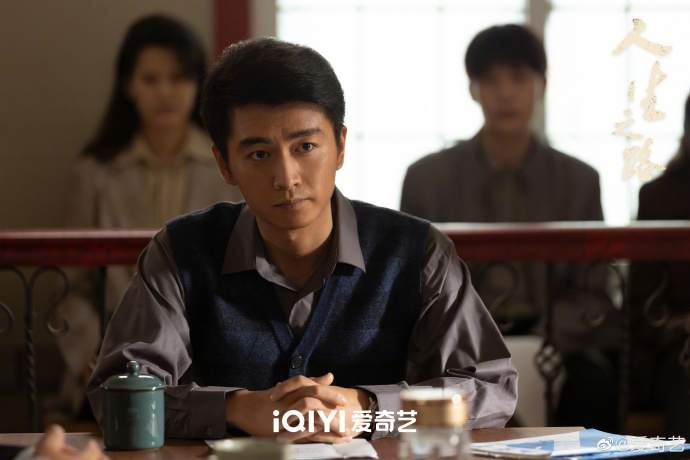
Stills of "The Road to Life"
As the protagonist, Gao Jialin has not been made a perfect character of "Gao Daquan". The uncertainty of the weather makes him more real. Chen Xiao, who plays Gao Jialin, also said that this character is very real and painful: "This kind of pain is the kind that can hit the bottom of the heart." He sighed, God is fair to everyone, "After so much suffering in the first half of his life, it all made him a better person."
Gao Jialin’s energy to stand up in the face of repeated failures, Chen Xiao believes, comes from knowledge and culture, “Because of reading books, we know how big the outside world is; Think about it, we know we can change our way of life."
For several generations of rural youths, cultural knowledge not only brings us the imagination of the distant world, but also gives us the courage to go on. And female characters such as Liu Qiaoling, Huang Yaping, Chen Xiuli, etc., all showed a spirit of tenacity, bravery, kindness and integrity, and bravely pursued a better life and a bigger dream in the tide of the times.
The chief producer of "The Road to Life" Wei Wei once mentioned in an interview that at the beginning of the project's establishment, he intended to present reform and opening up. However, different from many TV dramas about the wave of reform and opening up, "The Road to Life" uses rural educated youth as the protagonists to present the impact and opportunities brought by reform and opening up to them.
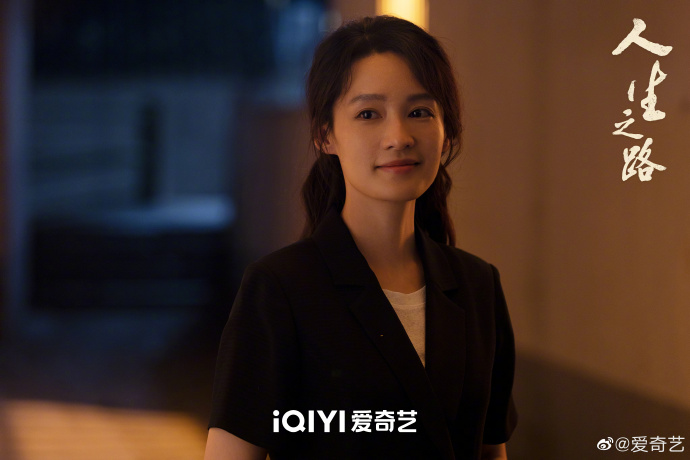
Stills of "The Road to Life"
Objectively speaking, in the 1980s and 1990s, there were still many rural themes and peasant protagonists in Chinese TV dramas. With the process of urbanization, the stories and protagonists of film and television dramas have gradually shifted to urban life and urban people. It is a pity in the development of our times that rural areas and farmers are invisible in literary and artistic creation. In recent years, with the construction of new villages, the increasing awareness of environmental protection and the strong yearning of urban people for pastoral life, rural themes and images of new farmers have returned to TV screens again. For example, "Mountain and Sea Love", "Happiness to Thousands of Families", "Flowers and Leaves", "The Daughter of the Mountain", etc., were all broadcast, and both word-of-mouth and ratings had a good harvest. In the 40 years of reform and opening up, the former Gao Jialin, Gao Shuangxing, and Liu Qiaozhen have entered the city and integrated into urban life through their own efforts. The story of their journey along the way is also the life journey of several generations of Chinese people. After "Leaving", "Return" may become the new sound of the times. The author expects that after "The Road to Life", contemporary rural youths come to the city, learn and practice, and then turn back to the countryside to build their own hometown, which will become the next creative direction of rural themes in Chinese film and television dramas.

